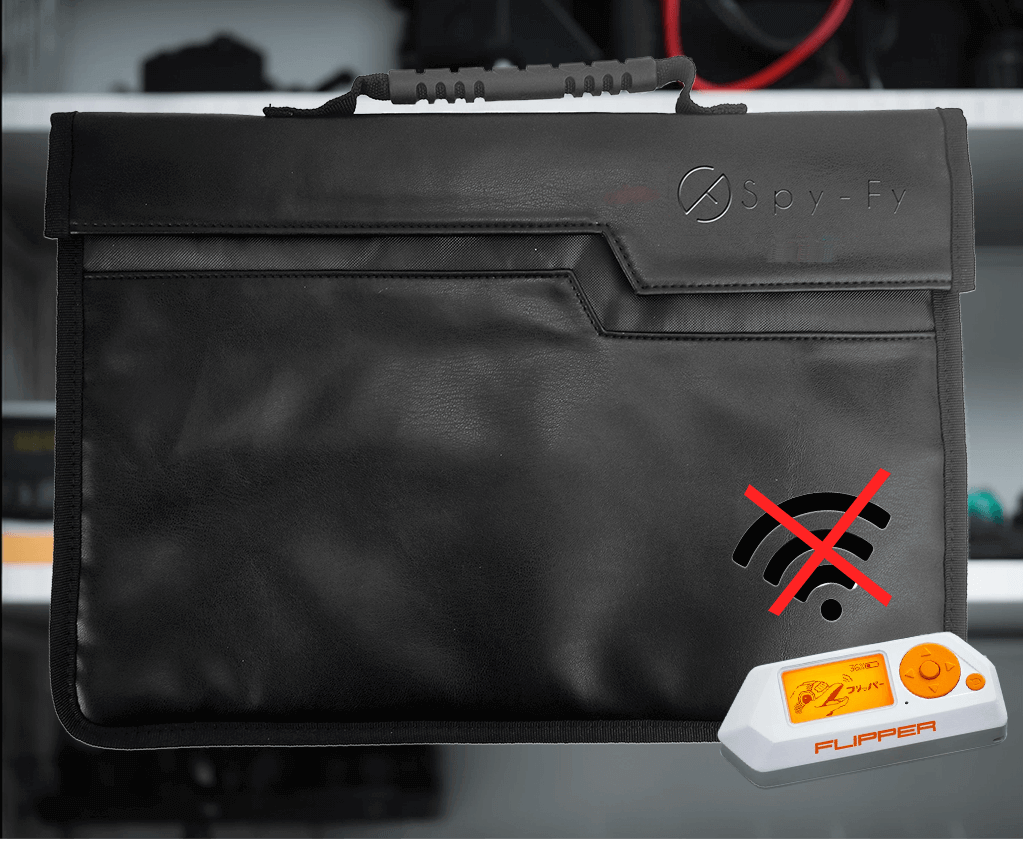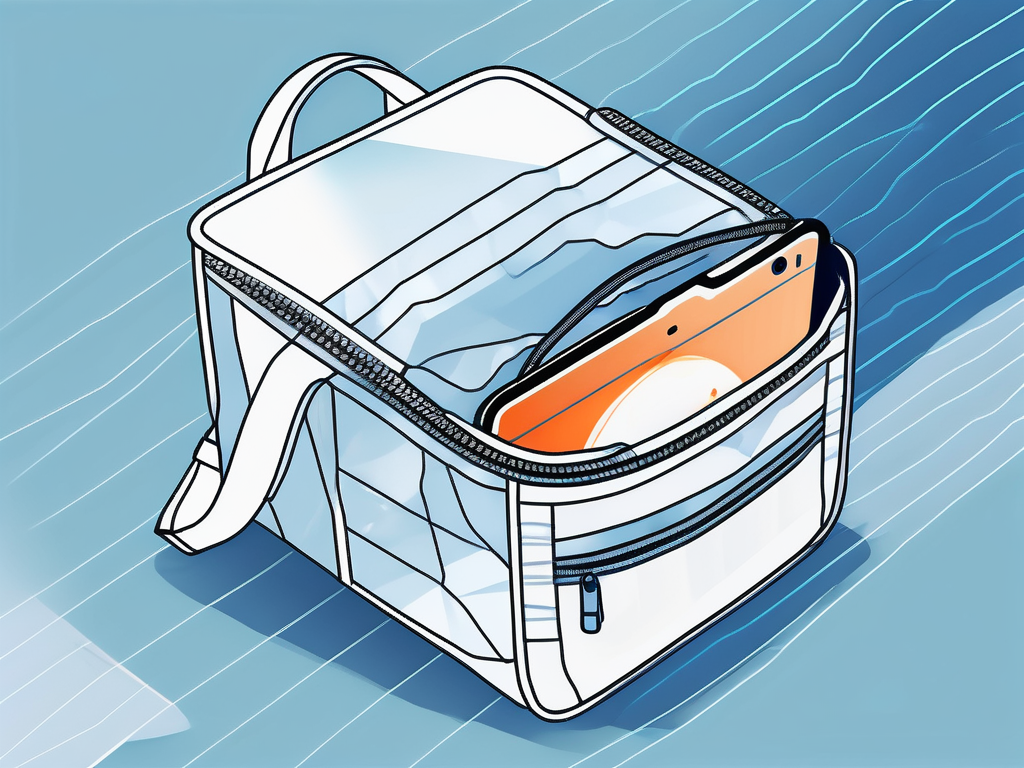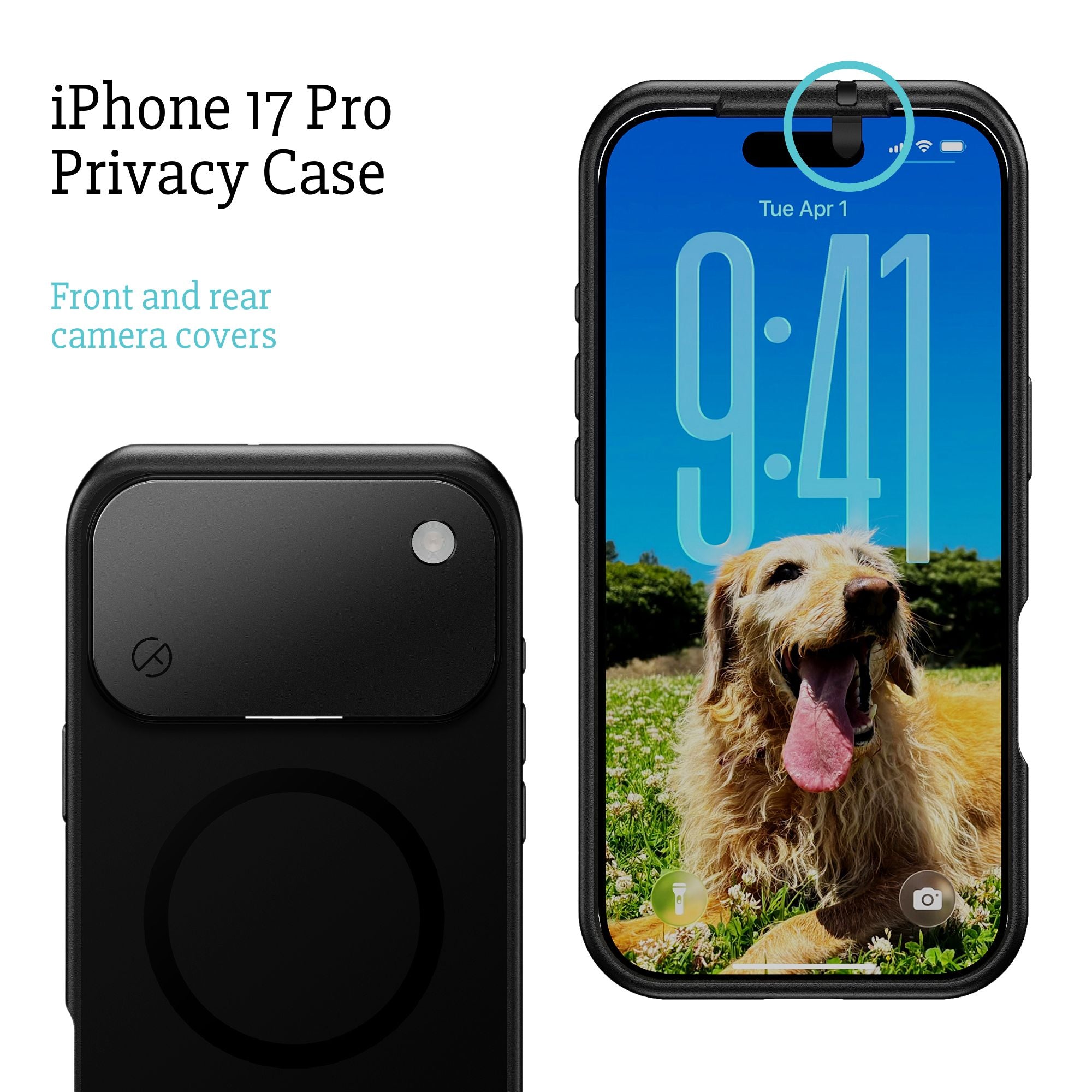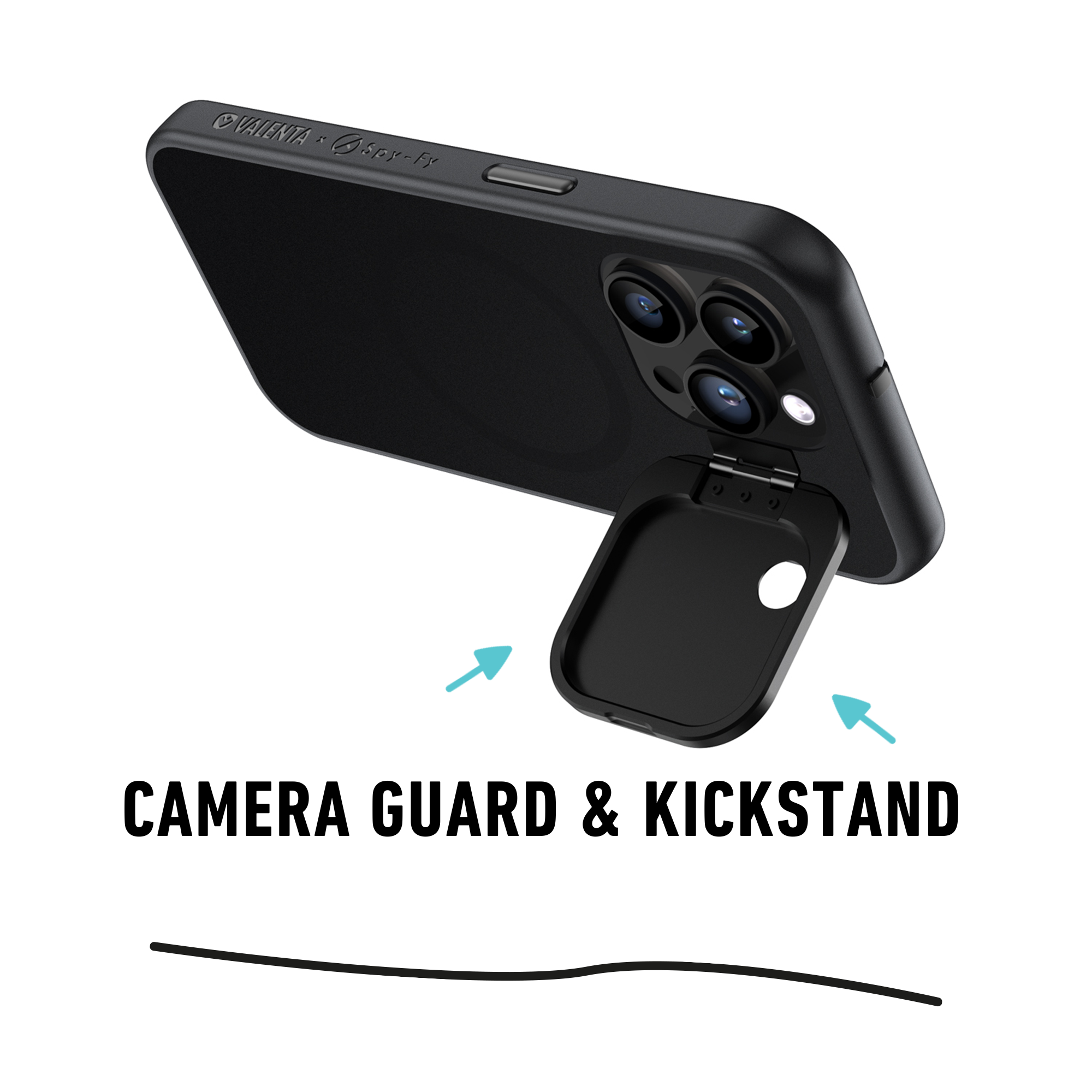Nowadays our lives, as well as our children's lives, often revolve around the digital world. It offers boundless opportunities for learning and connection.
However, it also presents considerable risks for the younger segment of the population, exposing them to inappropriate content, cyberbullying, and significant privacy breaches. Protecting the online presence of our children necessitates a multifaceted approach, one that integrates education, technology, and active participation to shield their digital existence. This article outlines effective strategies for ensuring children's safety online, with a special emphasis on privacy, the use of webcam covers, and VPNs, all while adhering to the principles of the Children's Online Privacy Protection Act (COPPA).
Upholding the Children's Online Privacy Protection Act (COPPA)
The Children's Online Privacy Protection Act represents a critical framework in the fight to secure children's privacy online. It mandates strict guidelines for websites and online services aimed at children under 13, ensuring that personal information is collected and handled responsibly. Familiarizing oneself with COPPA's requirements is the first step in advocating for children's privacy and taking an active role in the management of their online interactions.
Prioritizing Digital Privacy and Safety
The cornerstone of children's online protection lies in robust education about digital privacy. This is essential for young users to grasp the potential risks associated with the internet and learn the skills necessary to navigate these safely.
The Importance of Educating on Children's Privacy
Privacy forms the bedrock of online safety. It's crucial for children to recognize the value of their personal information and the repercussions of sharing it indiscriminately online. Teaching them about the concept of digital footprints and the enduring nature of online data is vital. Critical thinking about personal information requests and selective sharing are key practices in ensuring a secure online space, in alignment with COPPA's goals.
Webcam Covers: A Simple yet Effective Privacy Measure
In an age where privacy intrusions are increasingly common, webcam covers offer a straightforward and effective solution to safeguard children's privacy. These devices act as a physical barrier, preventing unauthorized access to visual data, thereby offering an additional layer of security in protecting children from potential online privacy violations.
Utilizing VPNs for Enhanced Security
Virtual Private Networks (VPNs) play an indispensable role in fortifying online activities. By encrypting the internet connection, VPNs shield data from external threats, ensuring a safe browsing experience. This is particularly crucial when children access the internet on public Wi-Fi networks, guarding against data breaches and safeguarding their online privacy. Educating children and parents about the benefits of VPNs can markedly elevate their online security, in keeping with the spirit of protecting children's privacy as outlined by COPPA.
Fostering a Safe Online Environment
Beyond technological tools, cultivating a culture of online safety is imperative. Encouraging respectful interactions and instilling children with the critical skills to evaluate the internet content they encounter are foundational to responsible digital citizenship.
Active Guardian Involvement: A Pillar of Online Safety
Guardians play a pivotal role in overseeing and supporting their children's digital journeys. This encompasses implementing appropriate security measures, fostering discussions about digital safety, and promoting healthy online habits. Keeping abreast of the latest developments in online safety and maintaining an open dialogue are essential in ensuring the digital well-being of children.
Conclusion
The digital realm is a significant component of children's lives, offering vast opportunities for exploration and growth. However, navigating this landscape safely requires a blend of privacy education, the utilization of protective technologies like webcam covers and VPNs, and active involvement from guardians—all within the framework provided by the Children's Online Privacy Protection Act. By adopting these strategies, we can forge a secure online environment that supports children's development and curiosity while safeguarding their privacy.










